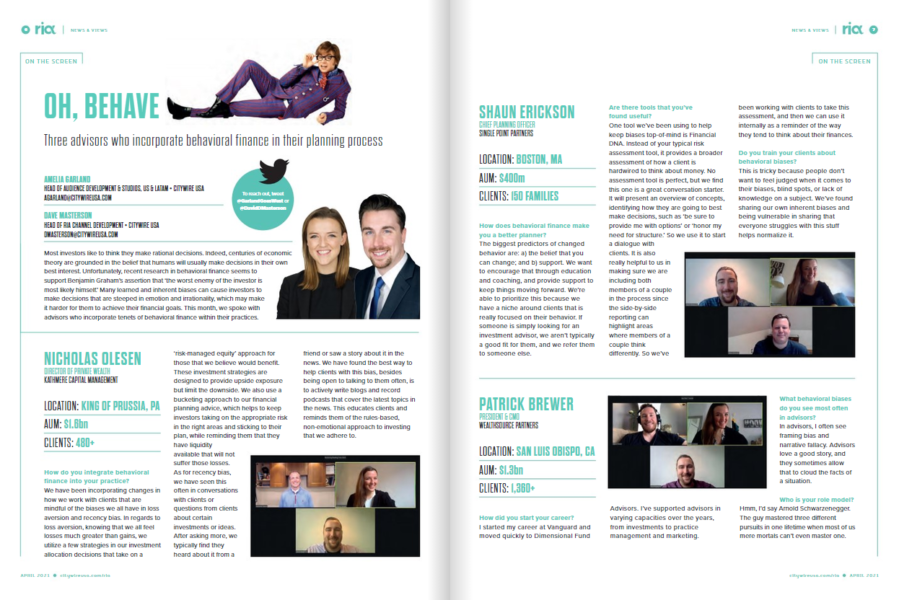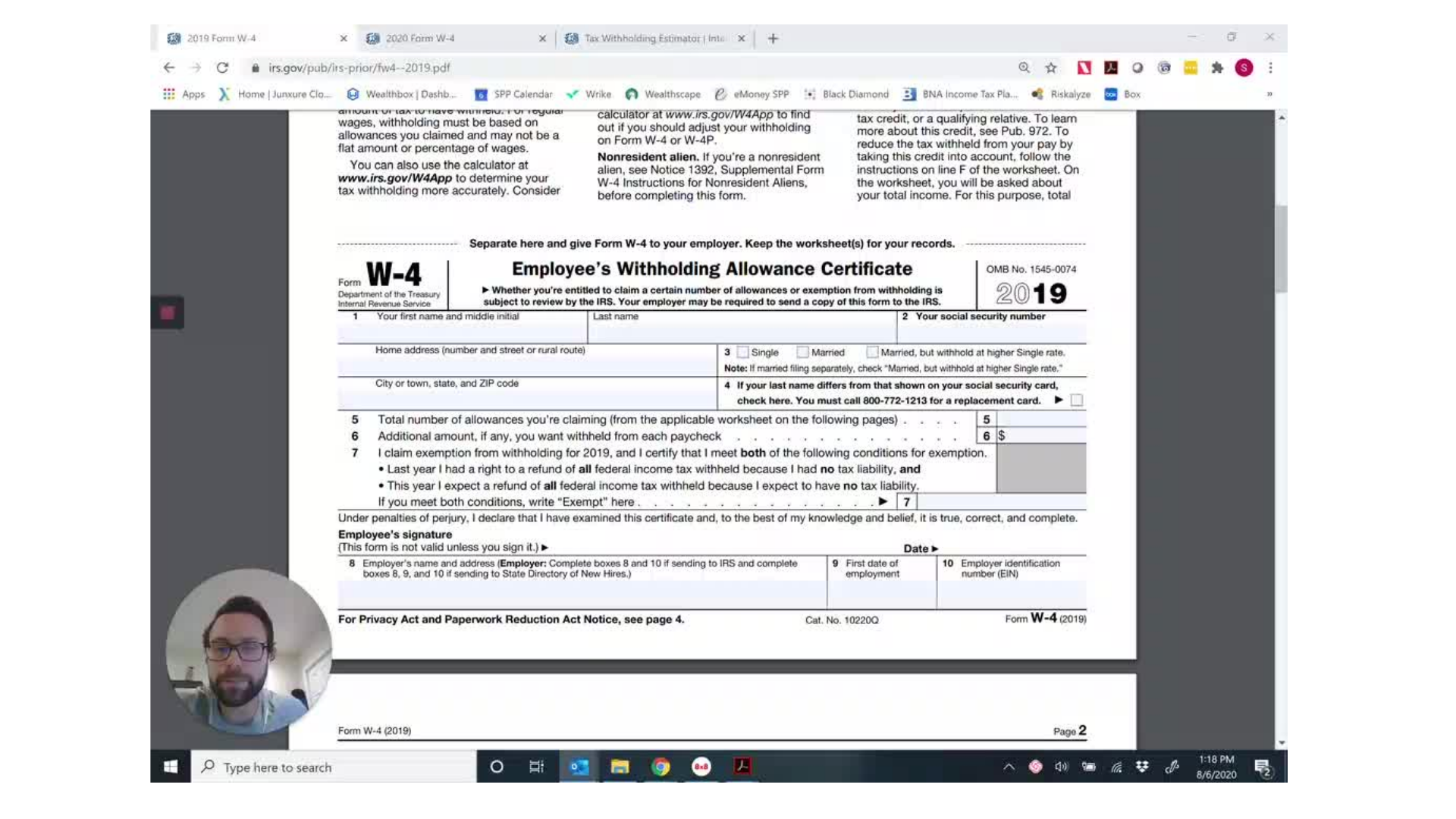It’s Sunday, which means another snow storm in Eastern Massachusetts. As I listen to our apartment’s forced hot air fan turn on again, I can’t help but think about my electric bill. Last month, we were victims of, “yes I know rates are going up, but really, how much could it impact us?” Well, it did. Combine the winter weather we have had in Boston with increases in electricity costs and you can get shockingly high electric bills.
Since the major electric distributor in our area is Nstar (now Eversource) and much of our experience is in dealing with Nstar, we will focus on working with them.
In November, NStar released new rates, up almost 30%. (see the Boston Globe article below)
http://www.bostonglobe.com/business/2014/11/07/nstar-raise-electric-rates-percent/pAFfYV5SjYJQHr1ISJPQkN/story.html
Besides cutting back on your use or putting solar panels on your roof, you have another option to change your supplier. By default, your distributor also becomes your supplier, but you have choices. You can go online or call the suppliers directly to get price options. At home we changed to ConEdison and at the office we switched to Think Energy. This is translating into significant savings.
For those of you with Eversource (NStar), here is a link of suppliers to get you started.
https://www.eversource.com/NSTAR/CustomerCare/residential/CompetitiveSupplierAdmin/CompetitiveSuppliersDisplay
To find out if this is relevent to you, your recent electric bill can serve as a good starting point. Your charges are broken down into 2 main components: delivery services and supplier services. Under your supplier services, it shows your cost per kwh. If this number is above .10, it may be worth looking into this further.












